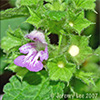 |
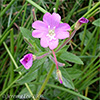 |
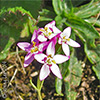 |
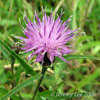 |
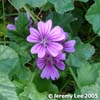 |
| Black HorehoundBallota nigra |
Broad-leaved WillowherbEpilobium montanum |
Common CentauryCentaurium erythraea |
Common KnapweedCentaurea nigra |
Common MallowMalva sylvestris |
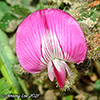 |
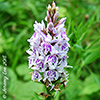 |
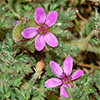 |
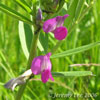 |
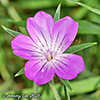 |
| Common RestharrowOnonis repens |
Common
Spotted OrchidDactylorhiza fuchsii |
Common StorksbillErodium cicutarium |
Common VetchVicia sativa |
CorncockleAgrostemma githago |
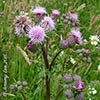 |
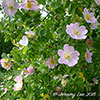 |
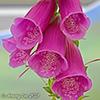 |
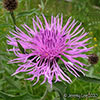 |
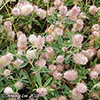 |
| Creeping ThistleCirsium arvense |
Dog RoseRosa canina |
FoxgloveDigitalis purpurea |
Greater KnapweedCentaurea scabiosa |
Hare's-foot CloverTrifolium arvense |
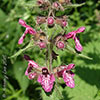 |
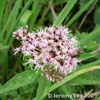 |
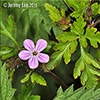 |
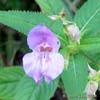 |
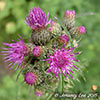 |
| Hedge WoundwortStachys sylvatica |
Hemp-agrimonyEupatorium cannabinum |
Herb RobertGeranium robertianum |
Himalayan BalsamImpatiens glandulifera |
Marsh ThistleCirsium palustre |
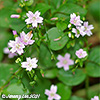 |
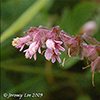 |
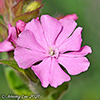 |
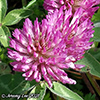 |
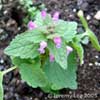 |
| Pink PurslaneClaytonia sibirica |
Red BartsiaOdontites verna |
Red CampionSilene dioica |
Red CloverTrifolium pratense |
Red Dead-nettleLamium purpureum |
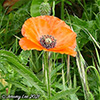 |
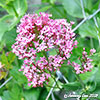 |
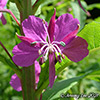 |
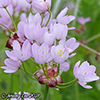 |
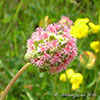 |
| Red PoppyPapaver rhoeas |
Red ValerianCentranthus ruber |
Rosebay WillowherbChamerion angustifolium |
Rosy GarlicAllium roseum |
Salad BurnetSanguisorba minor |
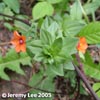 |
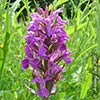 |
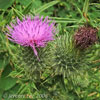 |
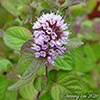 |
| Scarlet PimpernelAnagallis arvensis |
Southern Marsh OrchidDactylorhiza praetermissa |
Spear ThistleCirsium vulgare |
Water MintMentha aquatica |

